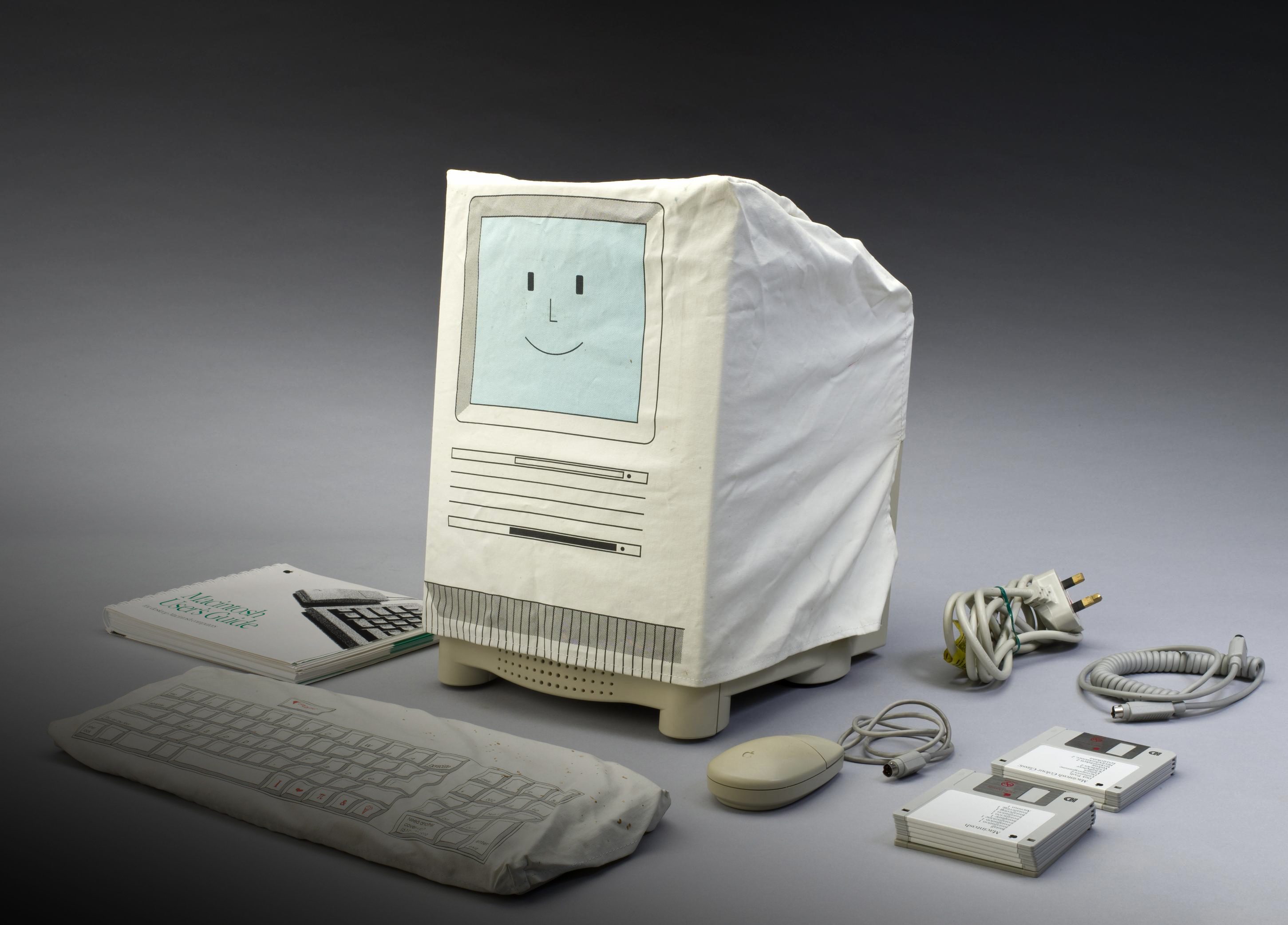They say black is the chicest colour, it goes with everything. Which is why the sleek, minimalist design of your phone, laptop or tablet fits neatly into your lifestyle. But your stylish device hasn’t always been so slick. In fact, it probably used to be somewhat of an ugly duckling.
Cast your mind back to a time when big hair was all the rage, Madonna’s ‘Like a Prayer’ was on the radio, and there was this crazy new thing called the World Wide Web. If you were working in an office in the late 80s you’ll probably also remember the beige boxes. That’s right, your humble desktop computer came in an array of alluring shades of beige, ecru, putty or even café au lait.

Why beige? It’s not considered the most fetching colour yet nearly every computer manufacturer was making beige computers in the late 70s right through to the early 90s. Even brands like Apple, who are now known for their sleek aesthetic, once fell victim to the trend for beige as shown in this 1993 Apple Mac from our collection.
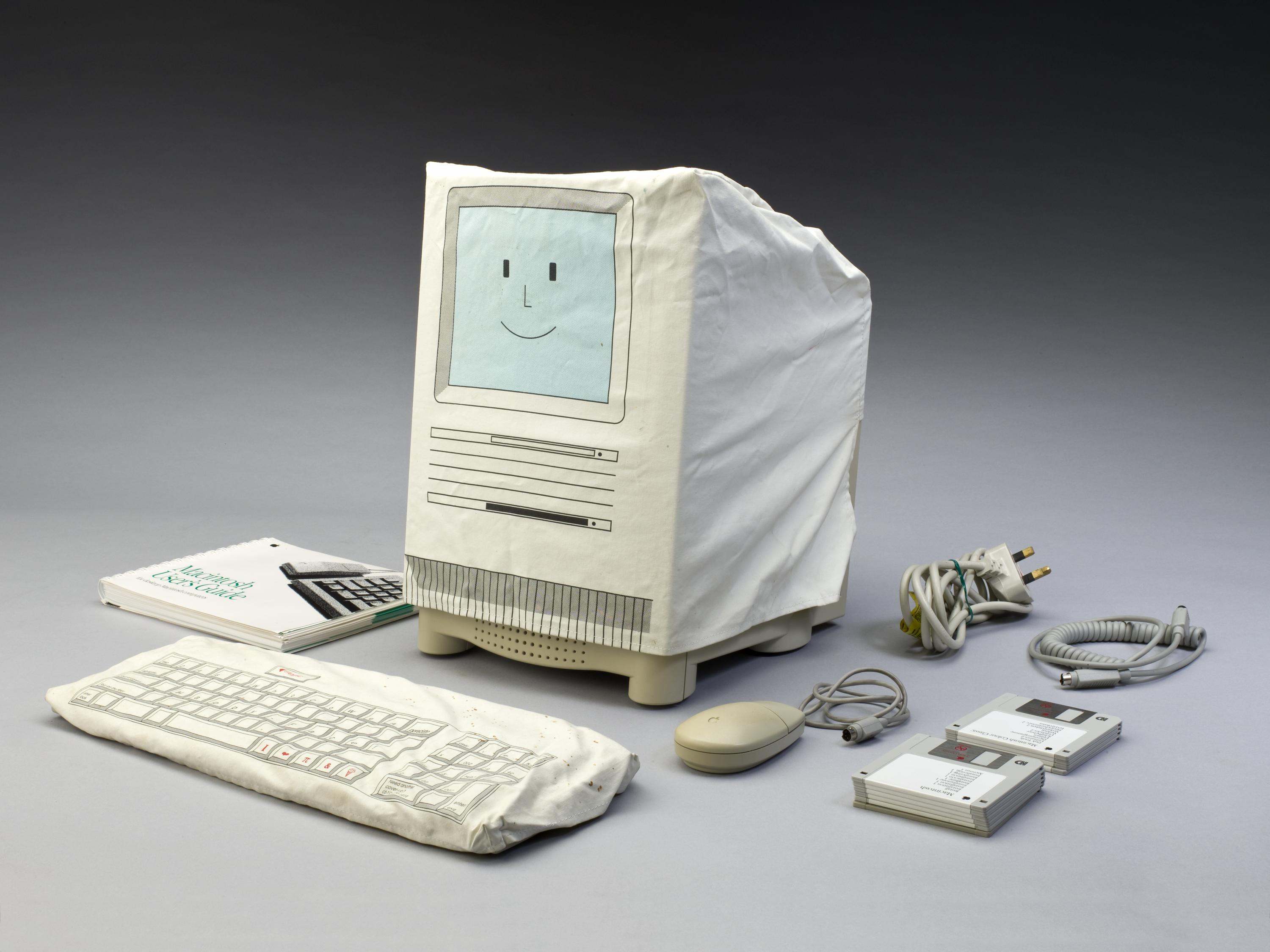
There are lots of possible reasons as to why personal computers were once beige. When these machines were still a relatively new feature in offices it was thought that an inoffensive, neutral coloured computer would appear less intimidating to the not so technologically savvy – the idea being that beige computers would blend in seamlessly with the office décor.
It has also been suggested that the putty coloured computers wouldn’t show their age as much because, charmingly, they already looked a bit dirty. Before the smoking ban came into place in 2007 perhaps an old nicotine-stained computer wouldn’t have looked so different to a new one.
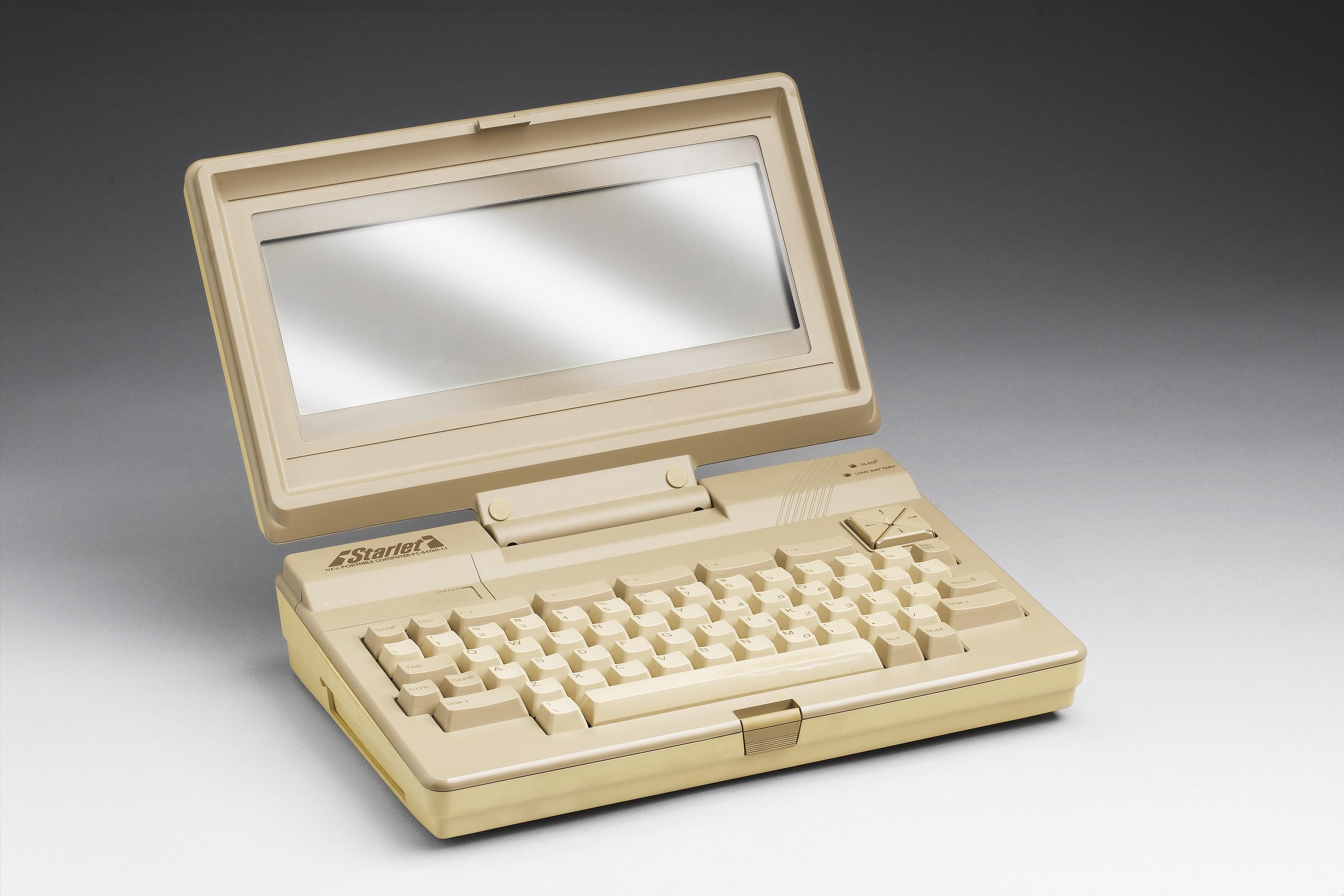
So, when did beige go out of fashion? Arguably the colour was never in vogue and computer manufacturers just began hiring designers with better taste. The real answer perhaps lies with the iconic black IBM ThinkPad.
The ThinkPad was a revolution in personal computers, not only for its radical black colour, but also for its innovative design. Based on the aesthetic of a Japanese bento box, the minimalist design was so popular it has become standard computer design across many different brands today.
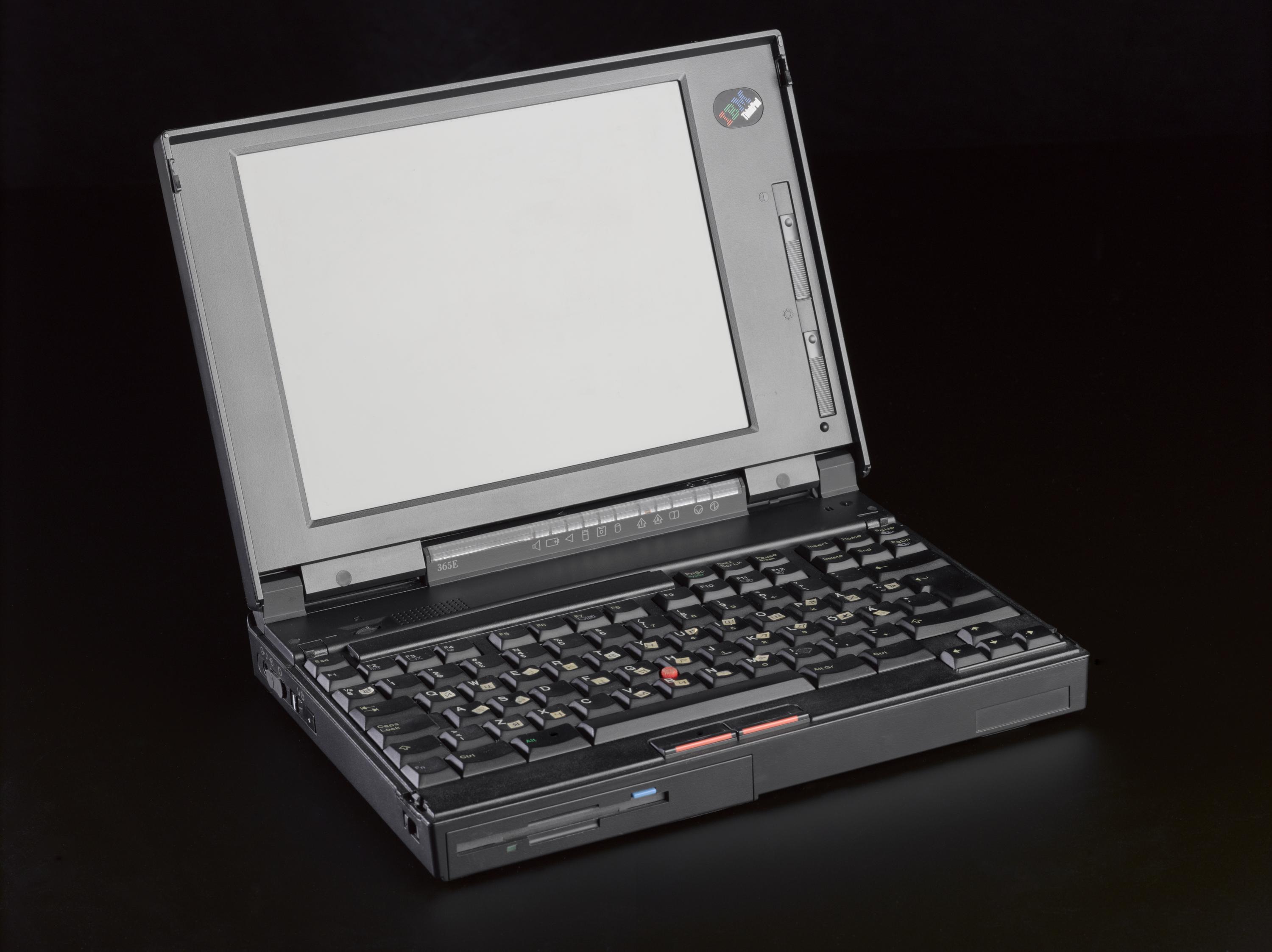
Strangely enough, although personal computers were almost always beige, many earlier models originally came in black. So why did IBM switch back from beige to black? According to the ThinkPad book published by IBM in 2000, a German workplace standard came into effect in the late 70s that required light colours for all office equipment.
This standard became adopted by other European countries and before long all office equipment that wasn’t beige or grey had been eradicated. Of course, computer manufacturers would then only make their products in light colours so they could sell the same products in Europe and in other countries. Inevitably, that meant offices around the world ended up with beige computers.

However, with the ThinkPad, IBM wanted to make a statement. Instead of blending into office backgrounds, they wanted people to actually notice their computers. IBM was still under pressure to create a line of pebble grey ThinkPads for the German market in compliance with their workplace standards, but they were adamant that the ThinkPad should be black. Eventually Germany approved the black ThinkPads but only if they came with a warning that they were not for office use.
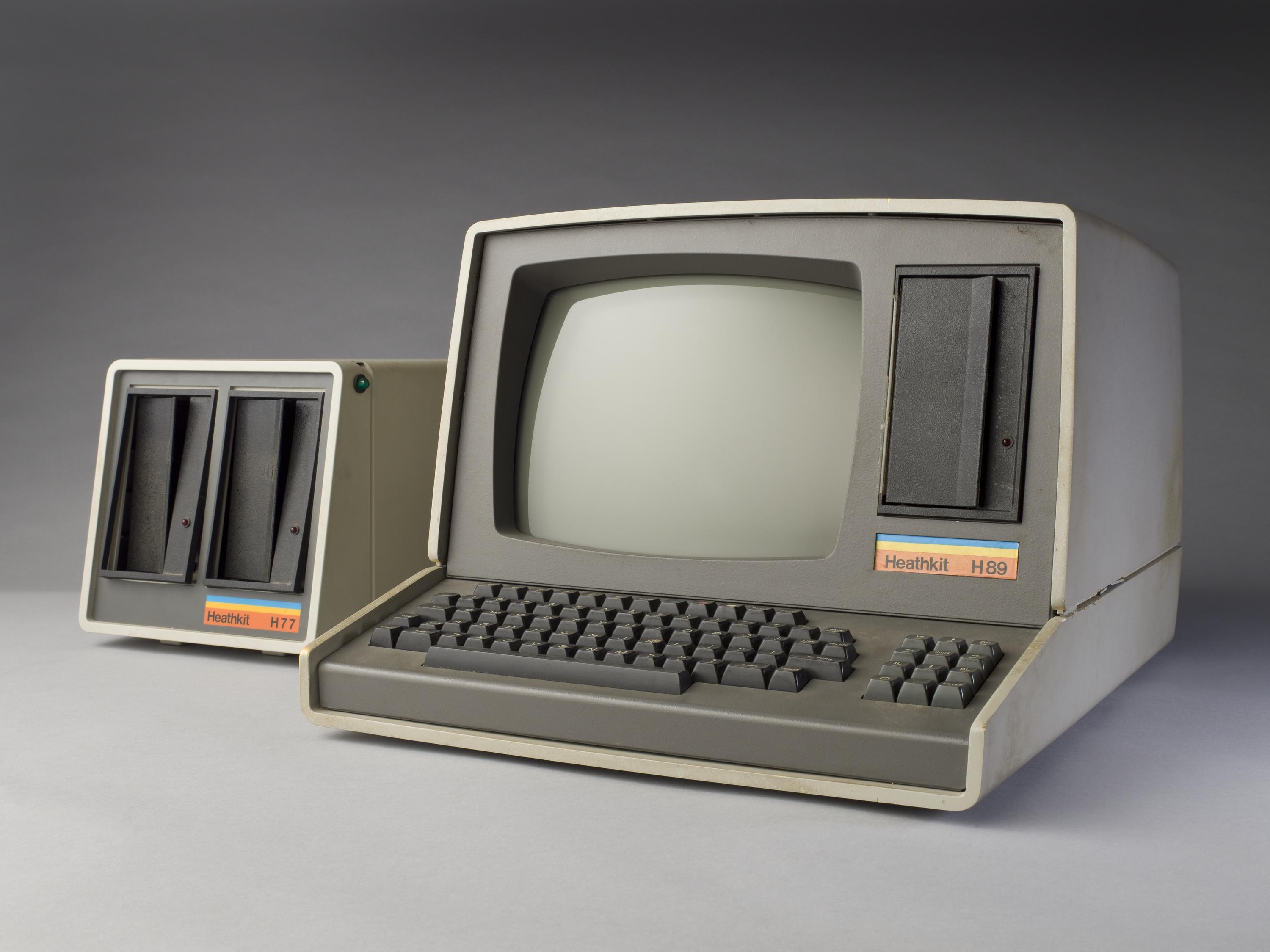
Clearly IBM’s radical new approach to personal computer design was a risk that paid off. ThinkPad became a huge success from its first release in October 1992. The simple change in design had created a covetable product and a sense of status for the user.
ThinkPads were the only laptops certified for use on the International Space Station, they have won numerous awards and have gained cult status amongst computer enthusiasts. Fashion trends may be cyclical but thankfully when it comes to computers it doesn’t look like beige will be making a comeback anytime soon.
